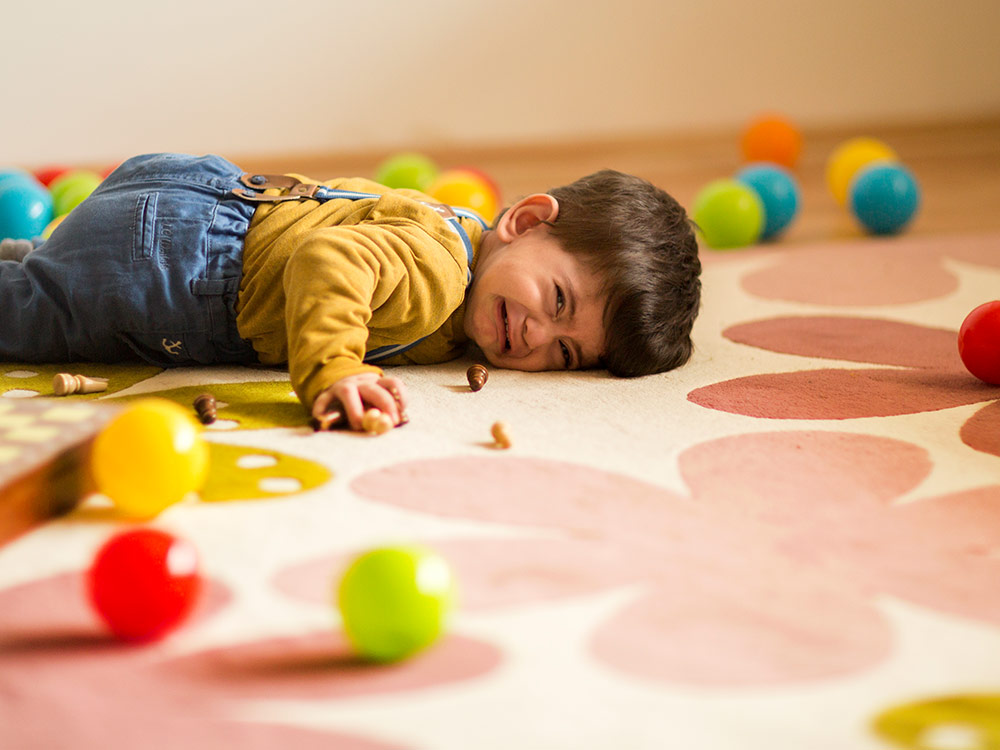what is self-regulation?
Self-regulation is the ability to control your emotions and behaviors depending on the situation. Basically, it’s the ability to control impulses in various situations.
Now let’s be honest, this can be difficult for adults, so of course, young children have a hard time with the skill. So why is self-regulation so difficult and how can you help improve it in children?
Children have an underdeveloped prefrontal cortex, this is the area of the brain that lets you think before you act and this particular area won’t be fully developed until adulthood. They also have an underdeveloped sensory system which can cause more intense reactions to sensory input. The combination of these two things can result in the child screaming for what seems like no reason. Although they are still developing and maturing there are ways to teach self-regulation and calming techniques that will help them respond to events more effectively throughout their daily life.

Monkey see Monkey do:
Kids imitate what they see, that’s how they learn best! Modeling good self-regulation skills will not only show them how to properly respond but it challenges you to also think before you speak or act, it’s a win-win situation! If a child sees you react out of anger they will imitate that when they feel overwhelmed so by letting them see you take a moment, calm yourself and then react accordingly, you’re showing them the steps to take when presented with a tough situation. Children will pick up on what is shown at home, good or bad. Be the “good”!
Deep breathing:
Teaching kids deep breathing exercises is GREAT! Breathing in through the nose for 4 counts, exhaling from the mouth for 4 counts is an easy and effective way to slow down when emotions are high. Focusing on your breathing helps to slow your thoughts and bring you back to the present moment. Slow deep breathing also releases calming endorphins, slows your heart rate, and delivers more oxygen to the heart and lungs.

Proprioceptive input:
Massages and tight hugs (bear hugs) can provide a child with comforting proprioceptive and tactile input. Proprioceptive input gives the body information about where it is in space, this can release calming endorphins and help decrease over responsiveness to sensory input. Children and toddlers often seek this out on their own, crashing into furniture and jumping are typical responses for children to have but are not necessarily appropriate, giving bear hugs could be a great alternative in high-stress situations.
Squeezing:
Stress balls, play dough, these objects provide resistance giving the child proprioceptive input. Play-dough is a great tool to use when a child is showing stress or tension. Rolling out the dough, pressing down cookie cutters not only provides sensory input but it’s an enjoyable task that helps the child focus on something new. Theraputty is a good alternative for kids who may need a little more resistance than play-dough.

Coloring:
Adult coloring books have become a popular tool for releasing stress, decreasing anxiety, and providing a calming activity to relax. Coloring provides the same effects for children! It slows emotional responses and centers the mind resulting in a relaxing experience.
Children are constantly developing and growing, by providing them with tools and activities to better facilitate their development you’re giving them the best opportunity to increase their independence in everyday life.





